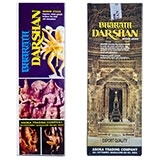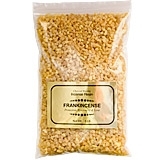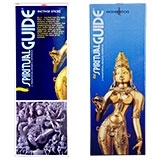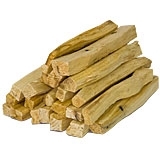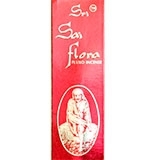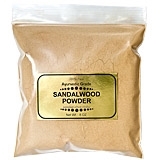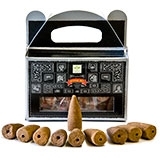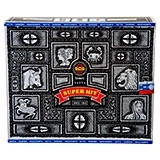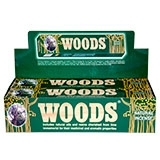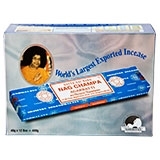Incense

Incense is aromatic biotic material that releases fragrant smoke when burned. The term is used for either the material or the aroma. Incense is used for aesthetic reasons, aromatiherapy, meditation, and ceremony. It may also be used as a simple deodorant or insect repellent. Incense is composed of aromatic plant materials, often combined with essential oils. The forms taken by incense differ with the underlying culture, and have changed with advances in technology and increasing number of uses. Incense can generally be separated into two main types: "indirect-burning" and "direct-burning". Indirect-burning incense (or "non-combustible incense") is not capable of burning on its own, and requires a separate heat source. Direct-burning incense (or "combustible incense") is lit directly by a flame and then fanned or blown out, leaving a glowing ember that smoulders and releases a smoky fragrance. Direct-burning incense is either a paste formed around a bamboo stick, or a paste that is extruded into a stick or cone shape.
The history dates back beyond antiquity. Since the discovery of fire, early man took quick notice to the powerfully pleasant aromas that arose from the different woods and leaves when burnt. Many plants produced unique odors and, naturally, man collected and harnessed these raw materials for intentional use. Historic evidence suggests that incense was mainly employed for healing and religious rites. Since smoke rises to the sky, it would appease the gods and carry prayers to the heavens. Aromatic oils, herbs and spices were considered gifts from the divine, and practically every culture that used incense considered it sacred. Incense purifies an area and influences the mood for meditation or other religious practices. It has also been used to disinfect an area of the stench of illness and death.





